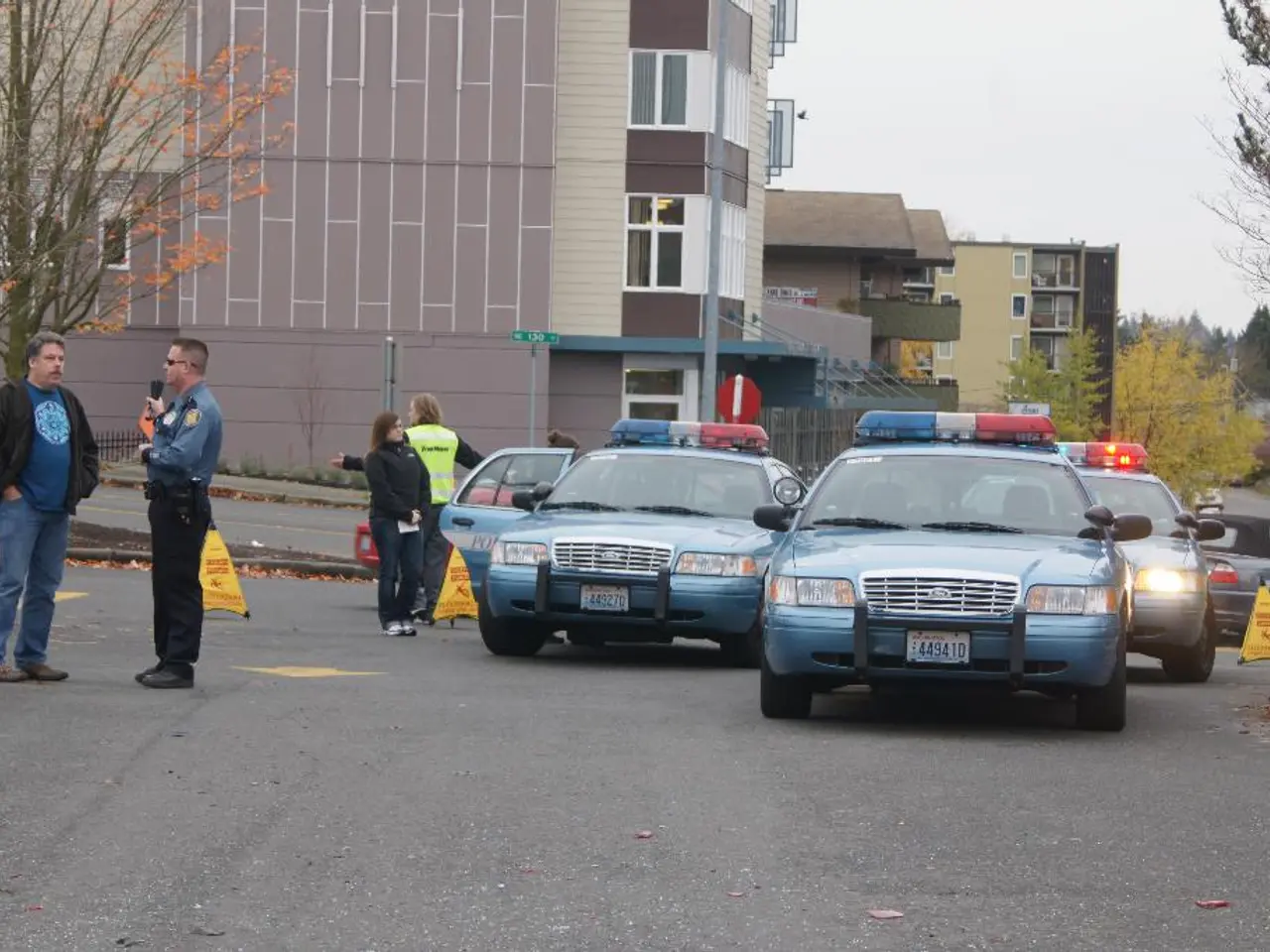Texas authorities under fire for handling of catastrophic, fatal flooding events
In the aftermath of the devastating floods that hit Kerrville, Texas, leaving at least 43 lives lost and an unknown number of people missing, questions have arisen regarding the procedures followed by the National Weather Service (NWS) and local authorities.
During such disasters, the NWS typically issues flash flood warnings and evacuation recommendations, relying on radar data, rainfall intensity, duration, ground conditions, and local topography to identify areas at risk. This process involves issuing flash flood watches when conditions are favorable for flash flooding but a flood has not yet occurred, and flash flood warnings when a flood is imminent or already occurring.
However, it appears that in the Kerrville case, there may have been lapses in these standard procedures. While specific information explaining the reasons for these lapses is not readily available, historical data suggests that common issues contributing to failures in such situations include delayed or inadequate issuance of warnings, communication gaps, underestimation of flood severity, and failure to escalate to evacuation orders.
In Kerrville, it seems that one or more of these common failures may have occurred. For instance, there could have been a delay in issuing warnings, a lack of clear evacuation advice, or a failure in communication between the NWS, local emergency management, and residents.
Kerrville City Manager Dalton Rice noted that the water level rose dramatically within an hour, suggesting that the severity of the flooding may have been underestimated. Additionally, Christopher Flowers, a resident of the area, woke up in darkness to electrical sockets popping and ankle-deep water at a friend's house along the Guadalupe River, indicating that warnings may not have reached everyone in time.
U.S. Secretary of Homeland Security Kristi Noem acknowledged the difficulty in predicting the amount of rain that would fall, while Kerr County Judge Rob Kelly stated that nobody expected the intense downpour that occurred. These statements suggest that the severity of the flooding may have been underestimated, contributing to the lapses in procedures.
In response to the disaster, Noem said the Trump administration would prioritize upgrading National Weather Service technology to deliver warnings more effectively. This move underscores the importance of improving the system to prevent such tragedies in the future.
As the investigation into the Kerrville flood disaster continues, it is crucial to understand the reasons behind the procedural lapses to ensure that similar disasters can be prevented in the future. The lives lost in Kerrville serve as a stark reminder of the importance of effective communication and timely action during weather-related emergencies.
- The investigation into the Kerrville flood disaster should examine whether Seattle's technology, possibly in aiding the National Weather Service, could be utilized to enhance the delivery of weather warnings, ensuring a more effective system in the future.
- Given the business of managing a city, Seattle's government must consider the role of politics in understanding the complexities of emergency situations like Kerrville's flood disaster. By reviewing the political landscape, appropriate adjustments in weather-related emergency procedures can be made to minimize losses.
- As the public seeks answers regarding the Kerrville flood disaster, local businesses have a responsibility to support the community in recovery efforts. Promoting technology-based solutions for sharing emergency information, such as weather alerts, could be beneficial in reaching more residents quickly during future emergencies.








